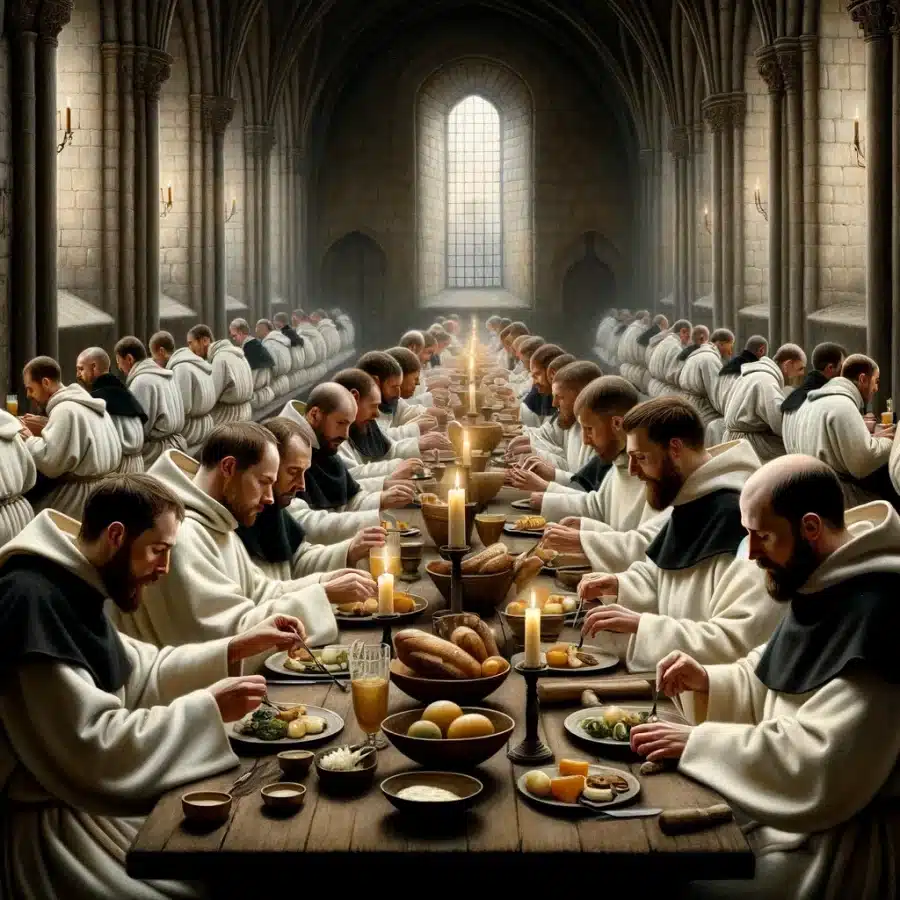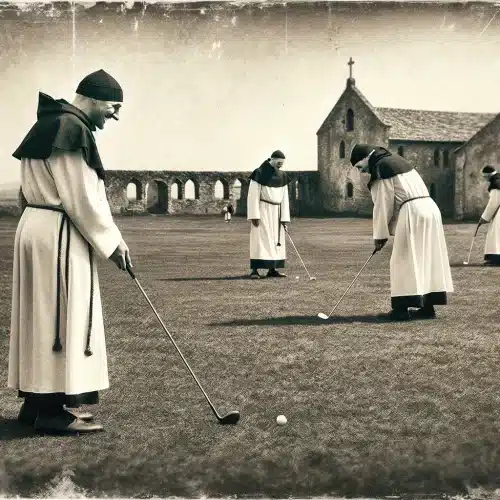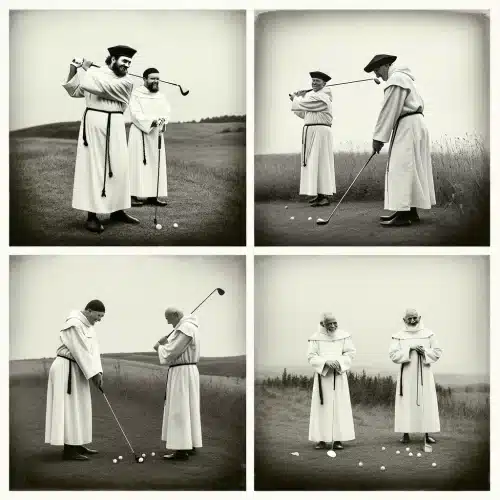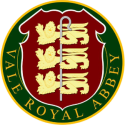Vale Royal Abbey was originally a medieval abbey and later a country house. It was founded in 1270 by Edward I for monks of the austere Cistercian order.

Nothing remains of the great church, though archaeological work has revealed many details of its structure. A stone circular monument, known as the ‘Nun’s Grave’, traditionally commemorates a fourteenth century Cheshire nun, Ida, who tended a sick Vale Royal abbot, and on her death was buried at the site of the high altar. The monument was erected by the Cholmondeley family, possibly to lend credence to the legend of the nun. The material in its construction comes from three sources: the head made from a medieval cross with four panels depicting the Crucifixion, the Virgin and Child, St. Catherine, and St. Nicholas; the shaft, made in the seventeenth century and made of sandstone; and a plinth made from reclaimed abbey masonry. The present country house on the site incorporates substantial parts of the south and west ranges of the abbey plus Holcroft’s Tudor house.
Vale Royal was purchased by ICI in 1947. The chemical company initially used the abbey as staff accommodation and then, from 1954 to 1961, as the headquarters for its Alkali Division. ICI moved out in 1961 and for some years the future of Vale Royal was in doubt. There were abortive schemes to use the abbey as a health centre, a country club, a school and even a prison (this latter proposal was resisted by local inhabitants as strongly, though less violently, as the original foundation of the abbey had been, and did not occur). Since 1998, Vale Royal has been home to a private golf club.




